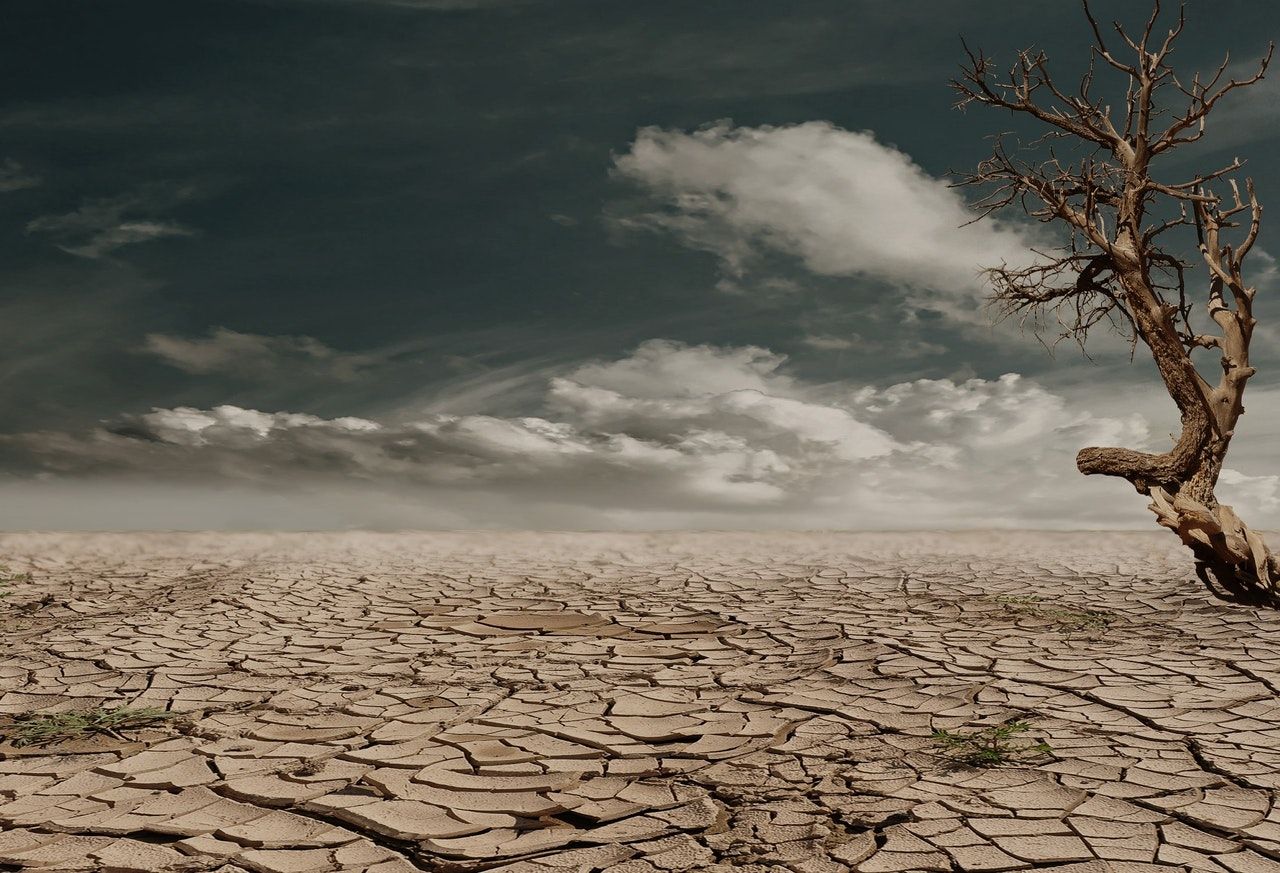
Detecting drought with data and AI
by the European Union Civil Protection Knowledge Network
Weather and climate extremes heavily affect human and natural systems.
Extreme events, such as drought and heatwaves, can cause losses, fatalities, and affect key socio-economic sectors as well as ecosystems.
Drought events are complex phenomena, often developing over longer time periods, and are influenced by climate- and human-related factors.
Widespread impacts
The impacts of drought events can propagate well beyond the place of occurrence, through market links and dependencies among different regions of the world, for example.
Concurrent climate events, for instance, in key agricultural producing regions may shock the global market and have medium-to-long term effects.
Recurrent drought events may also limit the copying capacity of both societies and natural systems.
Looking at the decades ahead, climate change projections point to an increase both in frequency and intensity of these events and the emergence of unprecedented ones.
For instance, the 2018 drought that affected central and northern Europe was unique in at least the last 500 years by considering spring-to-summer conditions.
However, such an event may become the norm if no effective mitigation strategies are implemented. Drought events may also heavily reduce climate-suitable crop production areas, posing a challenge for sustainable climate change adaptation in agriculture.
The impacts of drought can also be exacerbated by heatwaves. In winter 2021-2022, for instance, northern Italy experienced a severe-to-extreme lack of precipitation, especially from December to April. Some areas of the region saw almost no precipitation and observed an impact on the hydro power system. An early heatwave in May limited the beneficial effects of some rainfall events that occurred in April-May and posed further threats to the agricultural sector.
Drought data
Monitoring and forecasting droughts and heatwaves is highly important. The European and Global Drought Observatories (EDO and GDO, respectively) of the Copernicus Emergency Management Service serve this purpose.
By combining multiple sources of data, EDO and GDO detect, characterise, and predict drought events and heatwaves.
Recognising the importance of effective European cooperation, the European Drought Observatory for Resilience and Adaptation was recently launched to move towards a multi-sectoral drought risk early warning system and to contribute to enhancing drought resilience and adaptation.
Detecting and attributing drought, as well as tracking and predicting its spatial-temporal evolution, are challenging tasks, as they often involve dealing with large volumes of data and higher uncertainties. The integration of AI tools and methods can help address these issues.
Exploratory research activities at the European Commission Joint Research Centre, international initiatives such as the ITU-WMO-UNEP Focus Group on AI for Natural Disaster Management, dedicated EU Horizon 2020 projects such as CLINT and XAIDA, have all been recently launched to boost development and research.
This article first appeared in the June 2022 edition of the European Union Civil Protection Knowledge Network Newsletter.
Image credit: Pixabay via Pexels
